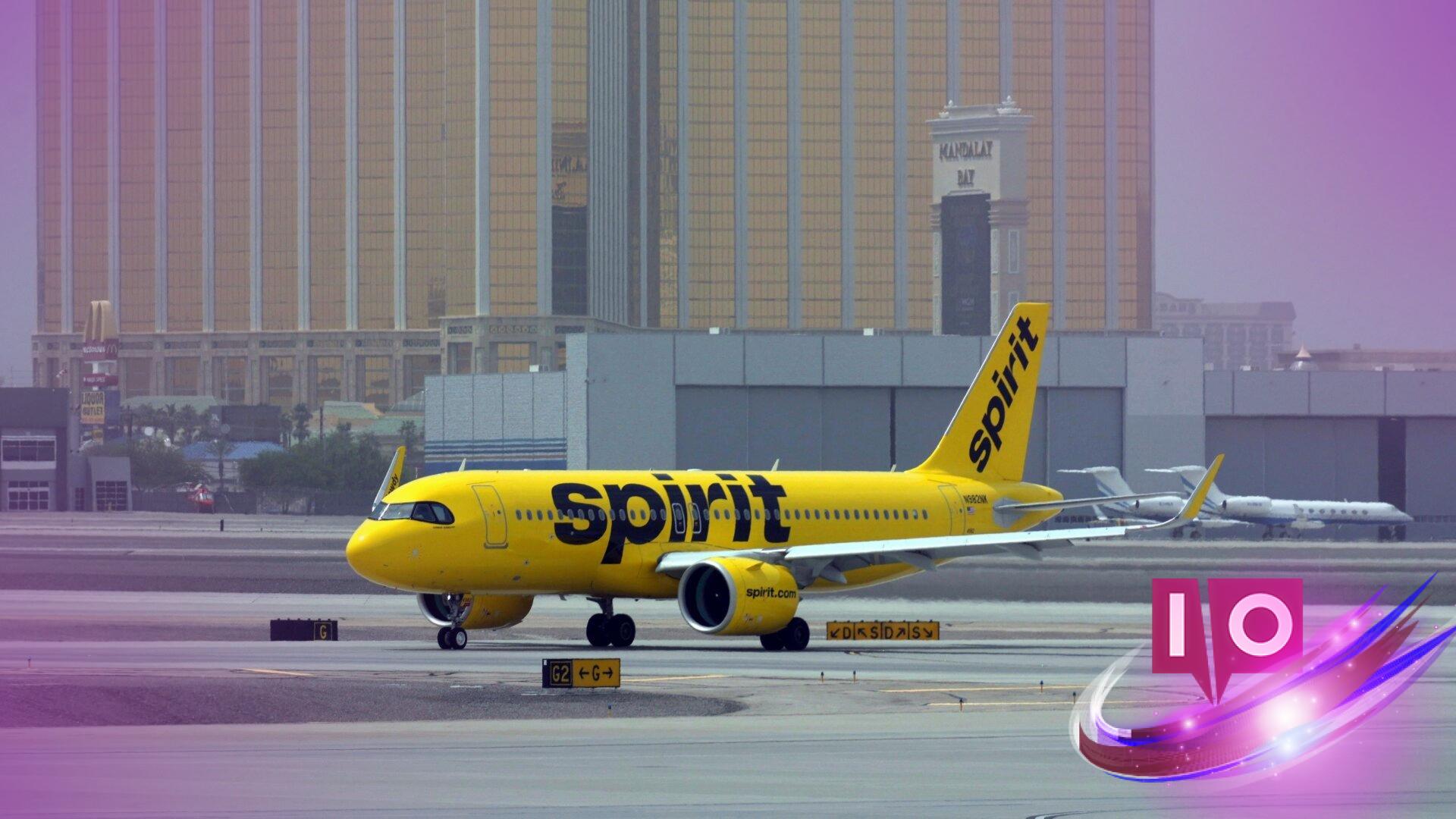The future of Spirit Airlines is looking increasingly uncertain. After revealing serious financial concerns in an SEC filing on August 11, the airline’s stock tumbled by 41% in a single day, leaving it with a meager market value of just $54.3 million.
In that filing, Spirit Airlines expressed “substantial doubt” regarding its ability to maintain operations for more than 12 months. Essentially, this means the airline could be in jeopardy by August 2026. This terminology, known as “going concern,” is a stark warning to investors and shows the gravity of Spirit’s situation.
Notably, the airline, known for its eye-catching yellow planes and minimalistic service, just emerged from Chapter 11 bankruptcy in March, following a failed merger attempt with JetBlue. This merger was blocked by regulators who feared it would reduce competition and raise ticket prices for consumers. Left with no merger, Spirit was forced to seek bankruptcy protection, finally re-emerging just months ago.
Current Financial Struggles
So, what is impacting Spirit Airlines today? The company attributes its financial woes to a combination of factors: oversupply in domestic airline capacity, a dip in leisure travel demand, and a challenging pricing environment. The result? A staggering net loss of $246 million in the second quarter of 2025. Spirit indicated that it anticipates this downturn will persist at least through the end of the year, even after implementing cost-cutting measures like selling spare engines and furloughing pilots.
However, these efforts have proven insufficient. The airline admits its financial results aren’t improving enough to meet crucial cash requirements tied to its debts and credit agreements, specifically one with its credit card processor, which is set to expire at the year’s end.
The Race for Liquidity
Time is of the essence for Spirit Airlines, as it is now racing against the clock for liquidity. The airline is contemplating selling off assets, including aircraft, property, and airport gate rights. Furthermore, discussions are ongoing with its credit card processor, which is demanding additional collateral for a contract renewal—an agreement Spirit can’t afford to lose.
The stakes are high. Without a significant turnaround or new funding, one of the United States’ most recognizable budget airlines may soon find itself permanently grounded.
Why has Spirit Airlines faced such significant challenges? The answers revolve around market dynamics, from pricing pressures to operational costs, illustrating how volatile the airline industry can be. This serves as a reminder for consumers and investors alike: the aviation landscape is as unpredictable as it is vital to our economy.
Is Spirit Airlines going bankrupt? Currently, the airline has stated that there are doubts about its future operations; this uncertainty makes it a situation to watch closely.
What led to Spirit Airlines’ bankruptcy in March? The failed merger with JetBlue resulted in a weakened position, forcing the airline to seek bankruptcy protection.
Will Spirit Airlines be able to recover? Unless there are significant changes or new funding sources, the outlook does not appear promising for the airline.
How does Spirit’s financial crisis affect travelers? If the airline were to cease operations, travelers would need to explore alternatives for budget-friendly air travel.
As the airline industry continues to evolve, the story of Spirit Airlines serves as a crucial case study in financial resilience and the importance of strategic business decisions. Stay informed by exploring related content at Moyens I/O.
